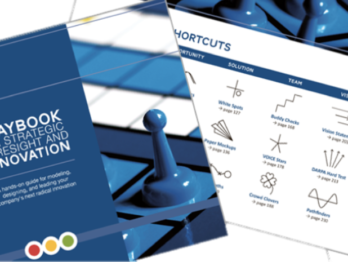How can I use anticipation to discover new strategic opportunities?

Anticipatory innovation is, at its core, about looking for signals of emerging societal shifts and making strategic decisions about how to engage with them through experimentation. It is not about predicting what the future will be like but using possible futures to inform our decisions in the present. As such, there are multiple layers of exploration and discovery involved.
A common approach is to start by identifying weak signals of change that might be early indicators of larger societal shifts happening in the future. This is typically done through some form of scanning practice (e.g. in transformation units within organisations), where you deliberately search for signals and think of what external shifts they might point towards and what kind of impact such shifts might have on a given context and society at large. A signal is particularly relevant, if it represents a shift that your current strategy or way of working is not ready for — either because you haven’t previously noticed the possible shift or haven’t prepared for it.
Once you have identified relevant shifts, the next step typically involves thinking about consequences and evaluating the potential impacts of the identified shifts. This can be done in many ways but a popular approach is to use scenarios: attempting to create holistic descriptions of different variations of the future. Not all shifts are bound to happen, so it makes sense to explore multiple scenarios that each explore different possible trajectories. Sometimes, it might also makes sense to think in terms of a desirable or preferred future that you’d like to actively work towards making a reality.
Once you have one or more future scenarios, you want to think about what kind of future opportunities or challenges they afford, irrespective of whether you like it or not. One way of doing this is by backcasting and working your way backwards in time towards the present, identifying what would need to happen along the way. This should give you an idea of what you need to act on or prepare for. From there, you can begin an iterative process of revisiting the future and experimenting in the present. Another way is to start with a stock-take of all the activities and decisions your organisation undertakes—things like budgets, partnerships, human resources, public relations, or advocacy—and consider the changes that could be made to these things in light of the alternative futures explored.







